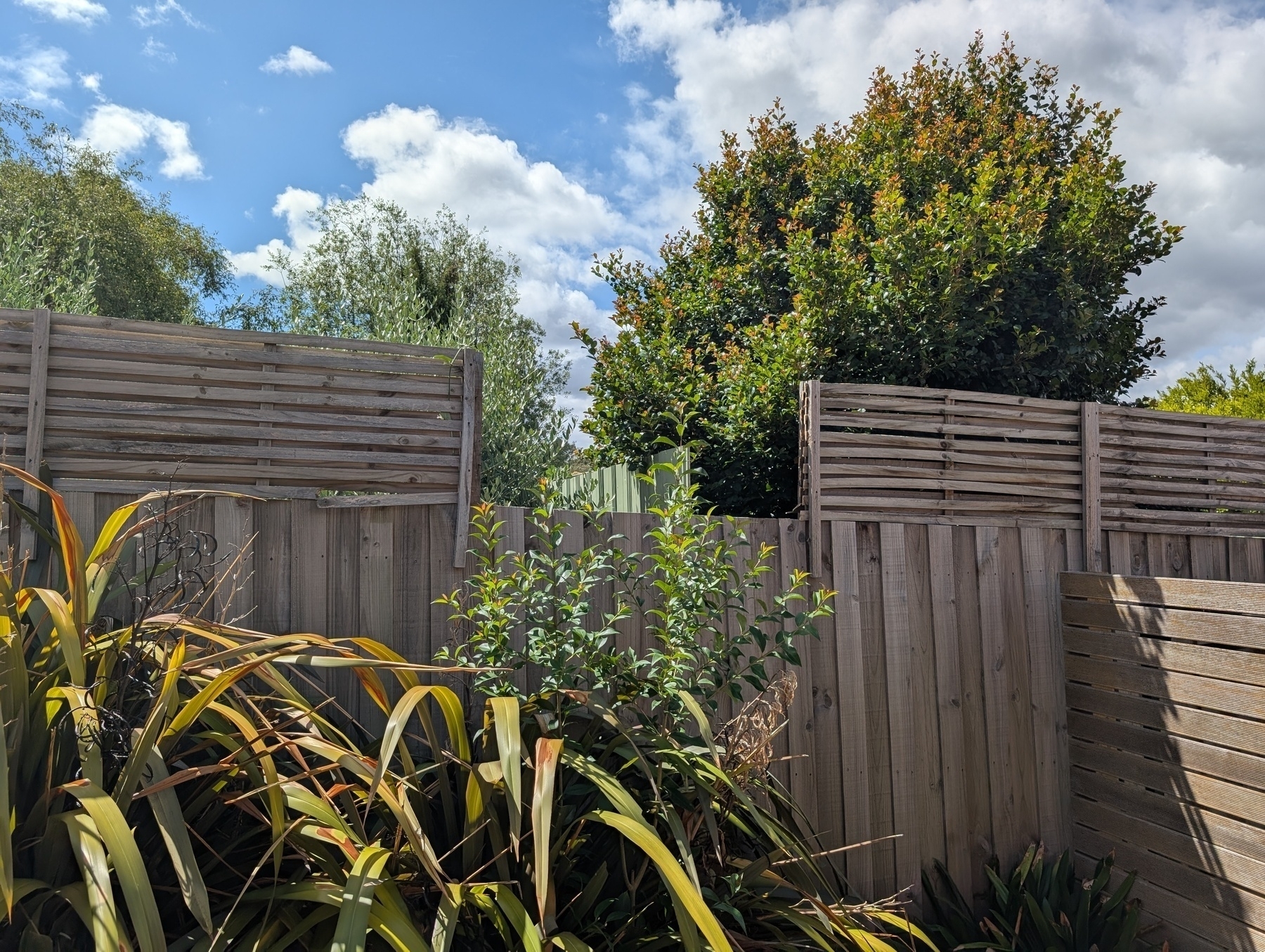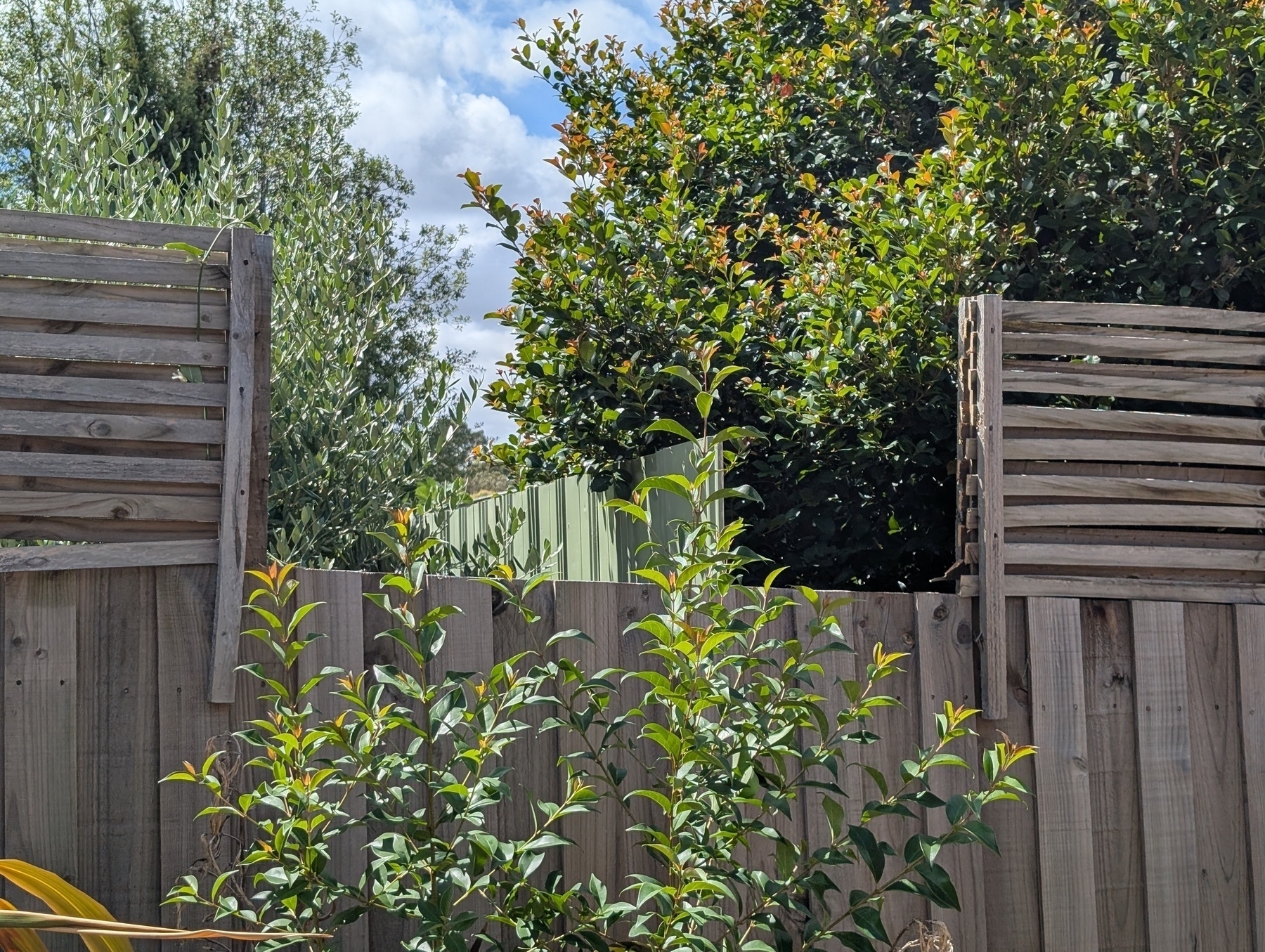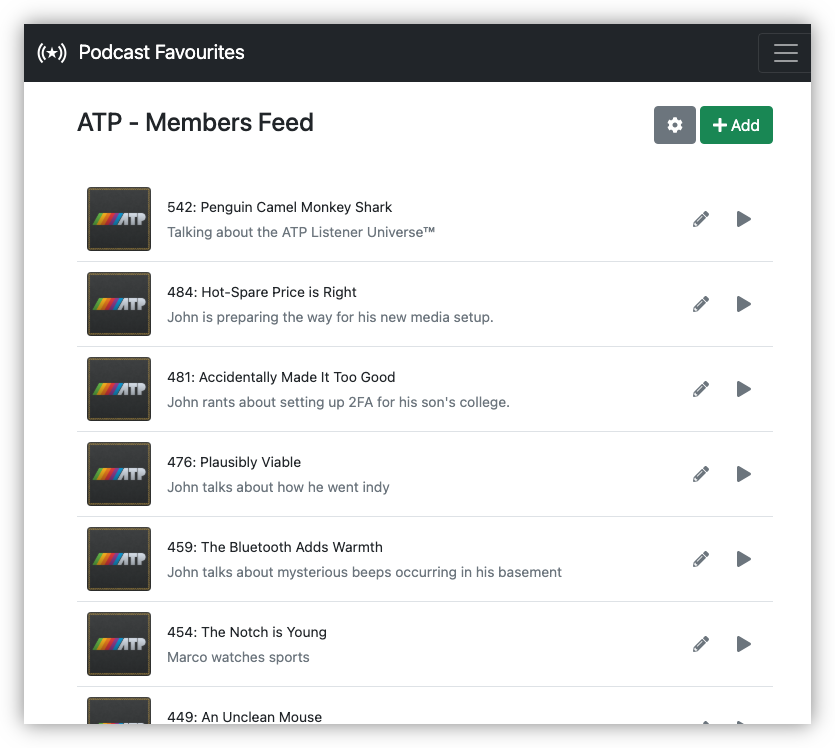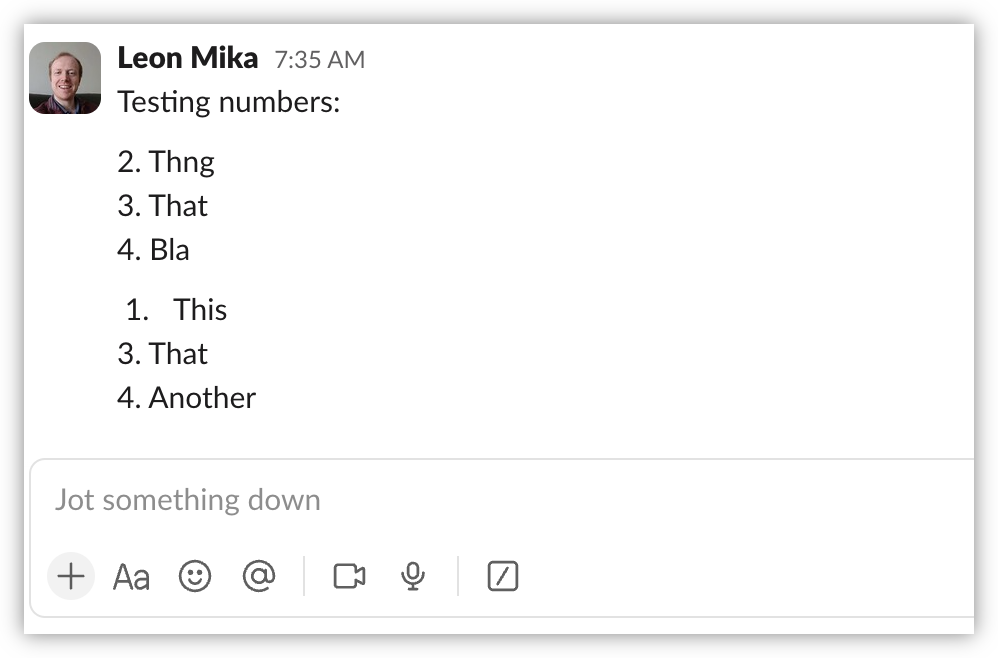-
Debugging Edge Lambdas is such a pain due to how long it takes to deploy them to test something. Not helping is that different layers have standardised on names that use
URLwhile others useUrl. I wonder if it’s better to just pick one case for the names I’m using, even if stands out from the other names following the particular “standard”. -
Oh crap, I’ve gotta watch myself! I just configured a parameter in prod thinking that I was doing it in dev. Should’ve seen the warning signs when I got a permission error and had to boost to the next level. The change should be benign, but I need to be a little more careful.
-
I’ve been kind of anxious about tomorrow these past few days. I’m going to a single day developer conference alone, with no-one else I know or work with. This means I’ll be interacting with people I don’t know. That is the point of this — this activity is Feb’s “get out more” goal — but I’ve been partly wondering whether I’ve bitten off more than I can chew here.
But reflecting on it just now, it may not be as bad as I think. Most of the day will be the actual sessions. It’s the breaks that I’m anxious about, but I can probably deal with them. It wouldn’t be the first social gathering in a industry setting I go to where I didn’t know anybody. I was going to say it was, until I started writing this post, and recalled past instances where I’ve been in the same boat, and although I wouldn’t say it was easy, I lived to tell the tale. I may be able to step outside for a little while and go for a walk if I absolutely need to.
So it should be fine. I’ll give myself an out at lunchtime if necessary but I’ll try to stay the whole day.
-
Another Twitter embed bites the dust:

That’s all of them now. I can’t see any more uses of that short-code here. Guess I was right not to do that too often.
-
Have technically secured user no. 2 of UCL today, after sharing one of the tools that’s using the language with them at work. It’s just a shame that the docs are so far behind (read: not existent). All I really have are these blog posts about building it. Good thing he’s a reader 😛. (Hi, KK).
-
Things I’ve said out loud today:
What am I going to do about Norway?
I’ve got a plan but I’ve yet to rollout a fix yet. 😛🇳🇴
-
Making A Small Two-Letter Country Code Lookup Page
A small evening project where I made a simple site designed for Vivalidi’s sidebar to quickly lookup two-letter country codes defined in ISO-3166-1 alpha 2. Continue reading →
-
“Well we can’t run the trams on time, but with our new PTV app, we can tell you just how late they are.”
“What an age we live in.”
😛
-
I know for myself that if I were to choose one blogging CRM over another because “that’s how I get the traffic,” I’d probably stop blogging. It’d be clear to me that my priorities are warped, that I’m writing purely to chase the views. I can’t see that road leading to anything other than burnout.
-
I’m noticing how unproductive I am when I’m babysitting long running processes. Every time I try to start some focus work, I immediately switch back to monitoring the output with the expectation of dealing with errors or refreshing timed-out auth tokens.
-
An Incomplete List of DRM-Free Media Stores
A collection of links to online stores that sell DRM-Free media. Continue reading →
-
Bad keyboard! Naughty keyboard! Causing all these spelling errors in your user’s last two posts. 😜
-
Seeing all these photos from those in the US with massive dumps of snow they need to shovel and clear makes me glad I live in a climate that doesn’t get snow.
-
I’ve never understood a task asking me to “find out what needs to be done.” These are not big tasks that need a design or prototype. They’re a regular size coding task, with the output being another task of the same size to actually do the work. Why not simply do the work in the first task?
-
Have pulled down the bit of fence extension that was falling down. I don’t think it was recoverable, or at least not with the wear it had endured plus my limited carpentry skills. But that’s fine. At least it’s neater now.


-
Dusted off Podcast Favourites (last commit 25 April 2022) and fixed a longstanding issue of thumbnails being lost when they’re changed in the feed. Editing the feed properties will now force a refresh of the thumbnail URLs. Didn’t need to change anything else, which was a nice change.

-
Ooh, what a milestone.
Today is 30 years since Delphi was launched, in February 14th of 1995.
— pikuma.com ([@pikuma.com](http://pikuma.com)) February 15, 2025 at 7:29 AM
[image or embed]I loved working in Delphi back in the day. I stopped after moving away from Windows and towards more cross-platform languages, but it always has a special place in my heart.
-
So sorry to hear about the loss of @merlinmann's pet lizard, which I just learnt is a central bearded dragon (they're good looking lizards). I didn't include it in the clip but he had some really nice things to say about it.
-
Kind of wish I can be more like Dave Winer and just write about what I’m working on without thinking too much about it. I spent the week moving posts about personal projects and questions are flowing through my head like, “should I be moving these posts? Would it better if they stayed here? Should I even be writing these posts at all?” I don’t know how this topic became such a source of doubt and indecision. I both want to write about it, and not want to write about it. I want readers to read it while also recognising that I’ll be the only one that would find any of this interesting. I want it to be a showcase of how I spent my days at the same time I want to burn it to the ground. In the grand scheme of things, this is small potatoes, yet it would be nice if I can come up with some answers to these questions.
Update at 21:25: I had a bit of a think, and a listen to Reconcilable Difference #254, and I think part of what was causing me to feel that this movement was wrong was that I was not making any forward motion. All that I was doing was cataloging the past. At this stage, I’m not sure that’s a good use of my time. So I’ve decided to not go ahead with moving all my project posts over there and continue to write about projects here. Sure it may make it more difficult to find them, but that’s okay. At least they’re documented somewhere.
Anyway, I’ve made some screenshots of what the site was to be. I do like the red colour.
-
Apple AI in Mail and What Could Be
Apple AI features in Mail currently do not help me. But they can, if Apple invited us to be more involved in what constitute an important email. Continue reading →
-
🔗 Prefer Numbered Lists to Bullets
Good arguments for using numbered listed instead of bullets in chat communication. I don’t disagree with any of them. I will say that tend to preferred bulleted lists simply because the chat apps I use tend to make using numbered lists more difficult than it should be. Slack, for example, only starts a “real” numbered list when it detects you type
1.. And once you’ve started, there’s no way to skip ordinals within the same numbered list.
Note that "1. This" the only "real" numbered list, and has a different appearance. Even Obsidian’s implementation is not perfect. Despite making it easy to start a numbered list at an arbitrary ordinal, it’s still not possible to skip ordinals.
It’d be simpler if they didn’t try to automatically make “real” numbered lists at all.
Via: Jim Nielsen
-
The Rules dialog in MacOS’s Mail needs some serious love. Aside from the fact that it’s teeny tiny, it’s also buggy. I couldn’t get the “set background colour” action to work, and selecting the condition to choose mail based on content doesn’t allow me to enter a value. Not good.
-
Well, damn! I ate something with peanuts today. That’s going to knock me about for the next few hours.
-
Here’s today’s face egging: my boss asked me to check if a list of countries we have included Åland Islands. Assuming that this list was in sorted order, I took a quick look at the countries beginning with A — conveniently at the top of the list — and came to the conclusion that the country wasn’t listed. Only after I told my boss that did I actually try to search for Åland Islands to double check, and sure enough: there it was, at the bottom of the list, right below Zimbabwe. Turns out the countries were sorted in code-point order, where Å comes after Z.



